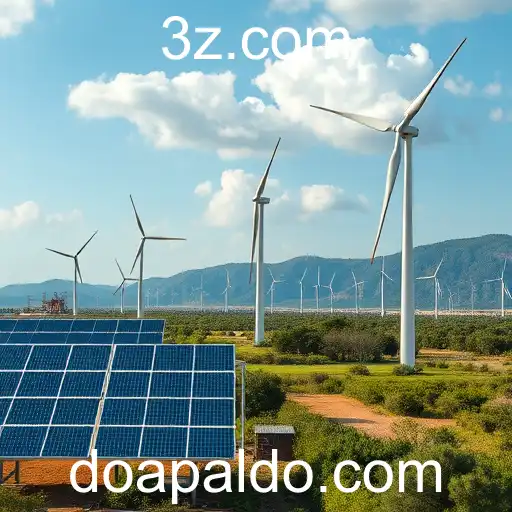
An in-depth exploration of the increasing reliance on renewable energy worldwide, examining the diverse challenges and opportunities faced by nations as they pivot toward sustainable solutions.
As the world grapples with the pressing threat of climate change, the pivot towards sustainable solutions has never been more crucial. In recent years, the expansion of renewable energy sources such as solar, wind, and hydropower has gained significant momentum. Global agreements and regional initiatives have set ambitious targets for reducing carbon emissions, with many countries committing to net-zero goals by mid-century. However, this transition comes with a complex set of challenges and opportunities, impacting policy, technology, and economic landscapes.
One of the most notable trends is the declining cost of renewable technologies. Solar and wind power have reached cost competitiveness with fossil fuels in many regions, spurred by technological advancements and economies of scale. This cost decline has incentivized widespread adoption, particularly in emerging economies where access to clean energy can drive development. Despite these advancements, the integration of renewables into existing energy infrastructures presents considerable challenges.
Grid modernization remains a significant hurdle, with outdated systems in many countries unable to accommodate the variable nature of renewable sources. Investment in smart grid technology and energy storage solutions is critical to ensuring reliability and efficiency. Additionally, policy frameworks must evolve to support this transition, requiring international cooperation and innovative financing mechanisms.
Economic factors also play a pivotal role in the renewable energy landscape. While job creation in clean energy sectors is positive, the transition threatens traditional fossil fuel industries, demanding re-skilling and economic diversification strategies in affected regions. Government policies, therefore, need to balance growth in renewable industries with the socio-economic implications for workers and communities.
Furthermore, the geopolitical dynamics of energy are shifting. Countries rich in renewable resources are gaining influence, potentially altering global power structures dominated by oil and gas producers. This shift necessitates strategic collaboration and equitable resource distribution to prevent new forms of energy dependence and conflict.
As we move deeper into the decade, the collaboration between the public sector, private companies, and communities is vital to navigate this transition smoothly. The path to a sustainable future requires innovative thinking, persistent effort, and worldwide cooperation, ensuring that clean energy is accessible to all and that the adverse impacts of climate change are mitigated.




